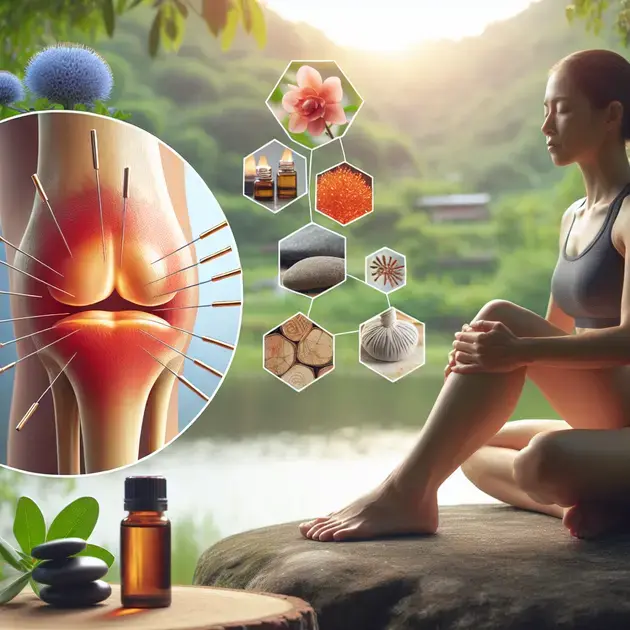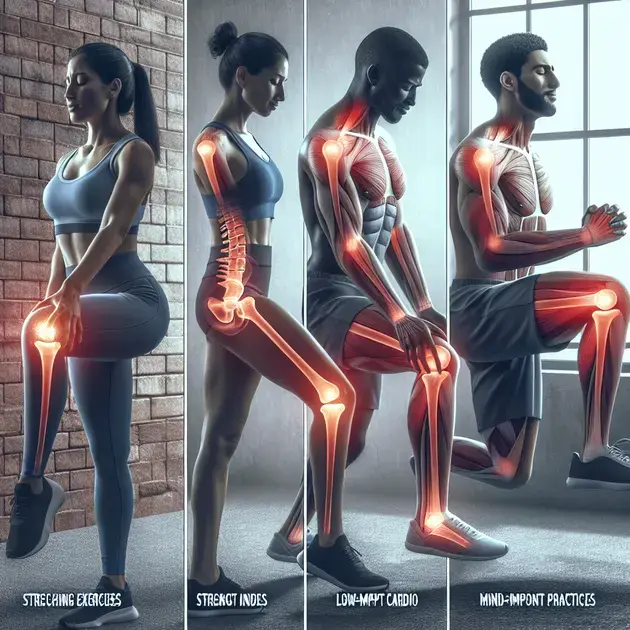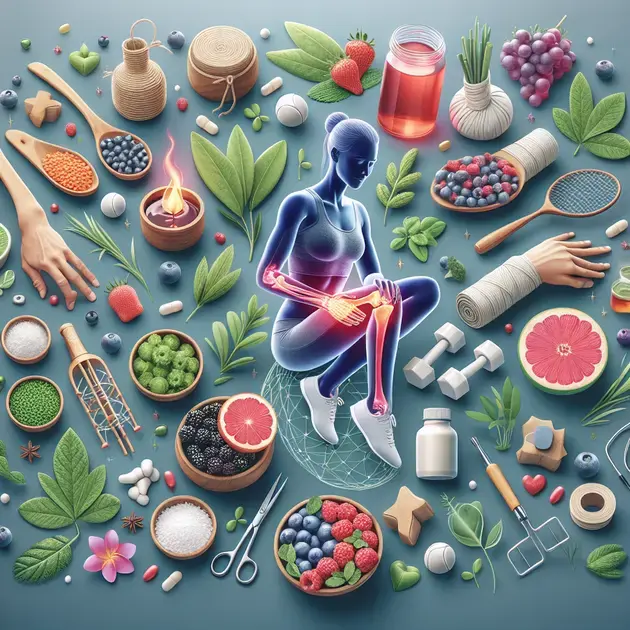Wondering how to tell if you love someone? You’re not alone. Deciphering your true feelings can be a challenging task, as emotions can be complex and confusing. In this blog post, we will explore some key indicators that can help you determine if what you’re feeling is indeed love.
With the rise of social media and online dating, it’s easier than ever to develop intense feelings for someone without truly understanding what those feelings entail. It’s important to differentiate between infatuation, lust, and genuine love. By recognizing the signs early on, you can gain clarity on your emotions and make informed decisions about your relationships.

Signs of True Love to Look Out For
Recognizing true love is essential in any relationship. Here are some signs to look out for:
1. Emotional Support:
A true sign of love is when your partner is always there for you emotionally, providing support when you need it the most. This can be demonstrated through active listening, offering words of encouragement, and being empathetic towards your feelings.
2. Trust and Honesty:
In a loving relationship, trust and honesty are paramount. Your partner should be open and transparent with you, and you should feel secure in confiding in them without fear of judgment or betrayal.
3. Mutual Respect:
Respect is the foundation of any healthy relationship. If your partner respects your boundaries, values your opinions, and treats you with kindness, it’s a strong indicator of true love.
4. Compromise and Communication:
Love involves compromise and effective communication. Being able to discuss and resolve conflicts calmly, finding mutually beneficial solutions, and understanding each other’s perspectives are signs of a strong and loving connection.
5. Shared Goals and Values:
When you and your partner share common goals, values, and aspirations for the future, it indicates a deep emotional connection and alignment. Working together towards common objectives strengthens the bond of true love.
Understanding the Difference Between Love and Infatuation
Love and infatuation can sometimes be confused, but they have distinct characteristics:
1. Duration and Stability:
Infatuation is often short-lived and based on intense passion, while love endures over time and is more stable. Love involves a deep emotional connection that withstands challenges and obstacles.
2. Depth of Connection:
Love is characterized by a profound emotional bond, mutual understanding, and genuine care for each other’s well-being. Infatuation, on the other hand, may be more focused on physical attraction and superficial qualities.
3. Selflessness vs. Selfishness:
Love involves selflessness, putting your partner’s needs above your own, and prioritizing their happiness. Infatuation can be self-centered, driven by personal desires and fantasies.
4. Acceptance and Growth:
True love accepts your partner for who they are, including their flaws and imperfections, and supports their growth and development. Infatuation may idealize the other person, ignoring their shortcomings.
5. Longevity and Commitment:
Love is a long-term commitment, fostering a deep connection and partnership between two individuals. Infatuation is often fleeting and may fade once the initial excitement wears off.
Navigating the Complexity of Emotions in Relationships
Emotions play a significant role in relationships, and understanding their complexity is key to maintaining a healthy connection:
1. Self-Awareness:
Start by being aware of your own emotions and triggers. Recognize how you feel in different situations and communicate effectively with your partner about your emotional needs.
2. Empathy and Validation:
Practice empathy towards your partner’s emotions and validate their feelings, even if you may not fully understand them. Listening with empathy can strengthen the emotional bond between you.
3. Emotional Intelligence:
Develop your emotional intelligence by learning to regulate your emotions, express them constructively, and interpret your partner’s emotional cues. This can enhance communication and relationship satisfaction.
4. Conflict Resolution:
Learn healthy ways to resolve conflicts and navigate emotional disagreements with your partner. Use active listening, compromise, and understanding to find solutions that benefit both parties.
5. Cultivating Positivity:
Foster a positive emotional environment in your relationship by expressing gratitude, showing affection, and practicing acts of kindness. Positivity can strengthen emotional connections and create a fulfilling bond between you and your partner.

Recognizing Signs of a Healthy Relationship
Recognizing Signs of a Healthy Relationship
In a healthy relationship, there are several key signs to watch out for that indicate a strong and positive connection between partners. One of the most important signs is mutual respect. Both individuals in the relationship should value and appreciate each other’s opinions, boundaries, and feelings. Respect forms the foundation of a healthy relationship and fosters trust and understanding.
Another crucial sign of a healthy relationship is effective communication. Partners should be able to openly and honestly communicate with each other, expressing their thoughts and emotions in a supportive manner. Healthy communication involves active listening, empathy, and a willingness to compromise. When both individuals feel heard and understood, conflicts can be resolved constructively.
Trust is also a fundamental component of a healthy relationship. Partners should feel secure and confident in each other, knowing that they can rely on one another in times of need. Building trust takes time and effort, but it is essential for creating a strong and lasting bond.
Furthermore, healthy relationships are characterized by a sense of equality and fairness. Both partners should contribute to the relationship in a balanced way, sharing responsibilities and making decisions together. When power dynamics are equal, individuals feel valued and respected in the partnership.
Lastly, a healthy relationship should bring out the best in both individuals. Partners should support each other’s personal growth and encourage each other to pursue their goals and aspirations. When both individuals feel inspired and motivated in the relationship, they can overcome challenges together and celebrate each other’s successes.
Learning to Prioritize Self-Care in a Relationship
Learning to Prioritize Self-Care in a Relationship
Self-care is essential for maintaining a healthy and fulfilling relationship. It involves taking the time to prioritize your own well-being and emotional needs, even amidst the demands of a partnership. Learning to prioritize self-care in a relationship is crucial for promoting individual growth and happiness.
One key aspect of self-care in a relationship is setting boundaries. It is important to establish clear boundaries with your partner to ensure that your personal space and time are respected. By communicating your needs and limits effectively, you can create a healthy balance between togetherness and independence.
Another important element of self-care is practicing self-love and acceptance. It is essential to cultivate a positive self-image and to treat yourself with compassion and kindness. By showing yourself love and acceptance, you can enhance your self-esteem and emotional well-being, which ultimately benefits the relationship.
Additionally, self-care involves engaging in activities that bring you joy and relaxation. Whether it’s pursuing a hobby, exercising, or spending time with loved ones, making time for activities that nourish your soul is essential for your overall happiness and fulfillment. Prioritizing self-care allows you to recharge and rejuvenate, making you better equipped to nurture your relationship.
Lastly, seeking support when needed is a crucial aspect of self-care. Whether it’s talking to a therapist, confiding in a friend, or practicing mindfulness, reaching out for help and guidance can help you navigate challenges and obstacles in the relationship. Remember that taking care of yourself is not selfish, but rather a necessary step towards building a strong and healthy partnership.
Effective Communication Skills for Better Relationship Building
Effective Communication Skills for Better Relationship Building
Effective communication is essential for fostering trust, intimacy, and understanding in a relationship. Developing strong communication skills can help partners resolve conflicts, express their needs, and strengthen their emotional connection. By honing effective communication techniques, individuals can build a healthier and more fulfilling relationship.
One key communication skill for better relationship building is active listening. It is crucial to pay attention to your partner’s words, thoughts, and emotions without judgment. Engaging in active listening shows respect and empathy for your partner’s perspective, fostering a deeper sense of connection and intimacy.
Another important communication skill is being able to express yourself openly and honestly. It is essential to communicate your thoughts, feelings, and needs in a clear and assertive manner. By expressing yourself honestly, you can avoid misunderstandings and conflicts, leading to a more harmonious relationship.
Effective communication also involves being able to empathize with your partner’s emotions and experiences. Empathy allows you to understand and validate your partner’s feelings, even if you don’t necessarily agree with them. By showing empathy, you create a safe and supportive environment for open and honest communication.
Furthermore, practicing effective communication in a relationship requires the ability to resolve conflicts constructively. Instead of resorting to blame or criticism, focus on finding solutions and compromises that benefit both partners. By approaching conflicts with respect and understanding, you can strengthen the bond between you and your partner.
In conclusion, honing effective communication skills is essential for building a healthy and thriving relationship. By prioritizing active listening, honest expression, empathy, and conflict resolution, individuals can create a solid foundation of trust and understanding in their partnership.
Conclusion
In essence, recognizing signs of a healthy relationship involves elements such as mutual respect, effective communication, trust, equality, and personal growth. These factors form the building blocks of a strong and harmonious partnership, where both individuals feel valued, supported, and understood. By prioritizing self-care in a relationship, individuals can nurture their well-being and emotional needs, enhancing their overall happiness and contributing to the success of the partnership.
Setting boundaries, practicing self-love, engaging in fulfilling activities, and seeking support when necessary are all vital aspects of self-care that promote individual growth and emotional well-being. By taking care of oneself, individuals can better contribute to a healthy relationship dynamic, fostering a balance between personal needs and the demands of partnership. Prioritizing self-care not only benefits the individuals involved but also strengthens the foundation of the relationship.
Furthermore, honing effective communication skills is key to building a thriving relationship. Active listening, open and honest expression, empathy, and constructive conflict resolution play pivotal roles in fostering trust, intimacy, and understanding. By embracing these communication techniques, partners can cultivate a strong sense of connection and create a solid foundation for a healthy and fulfilling relationship.
















